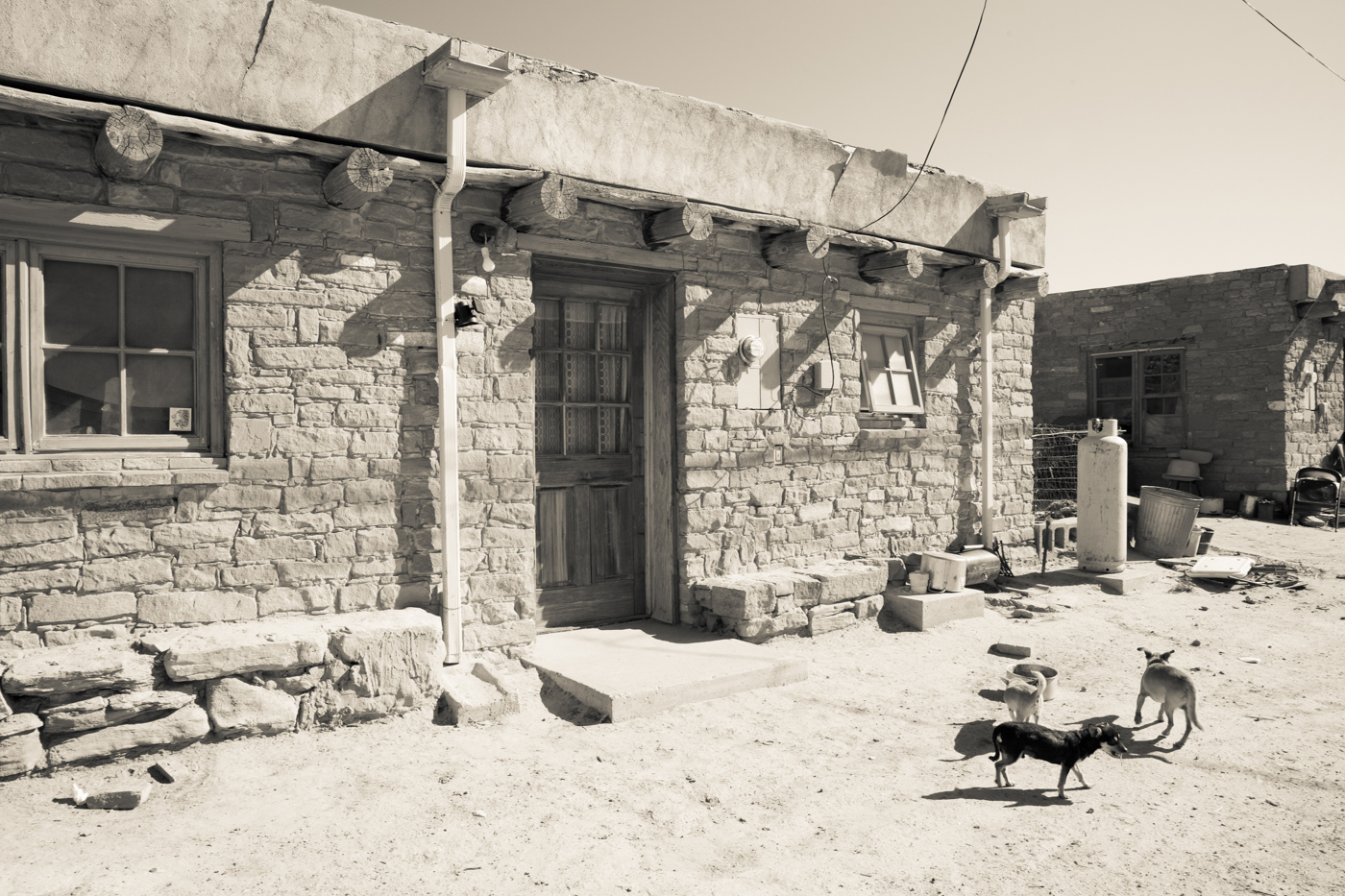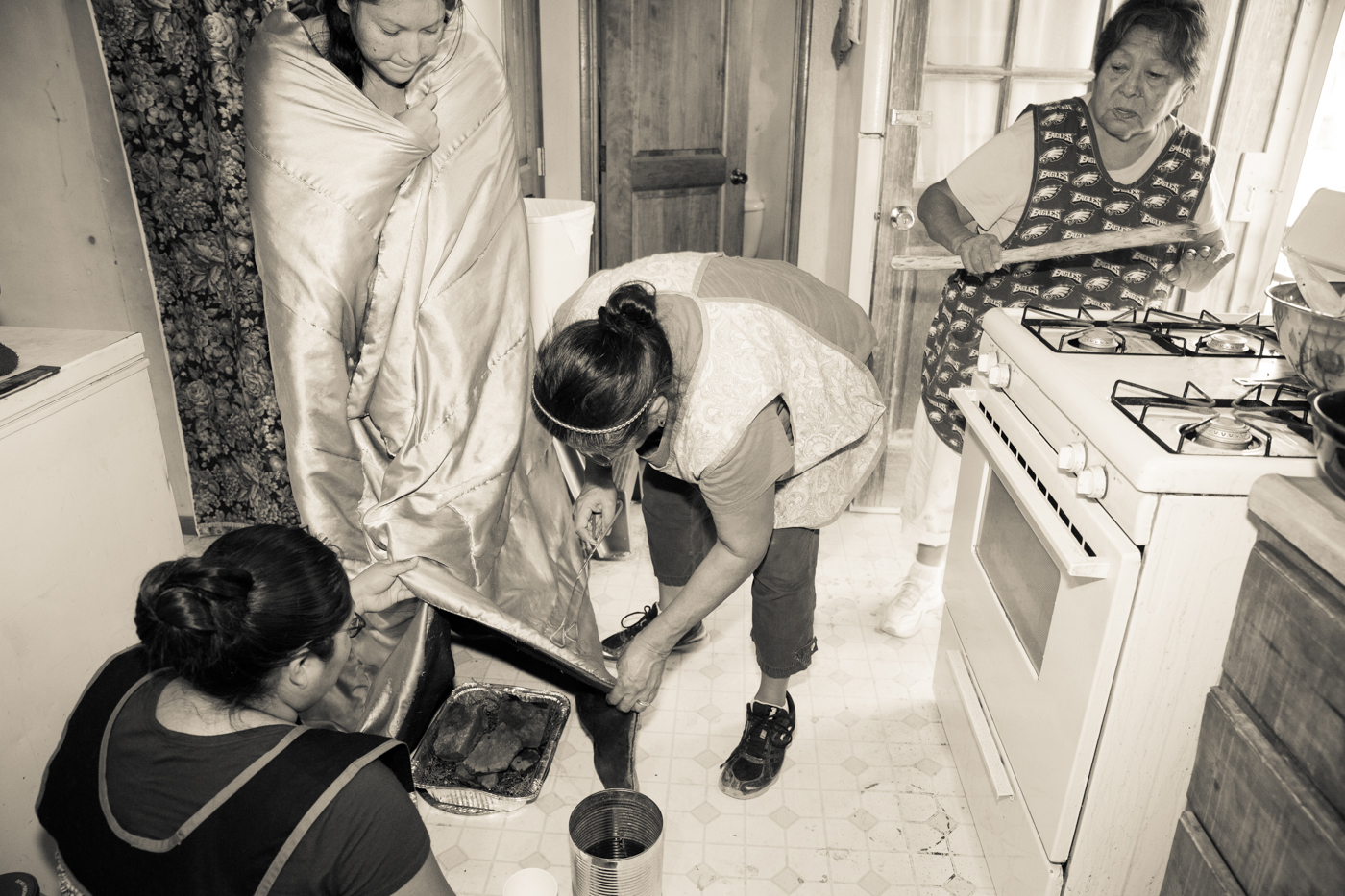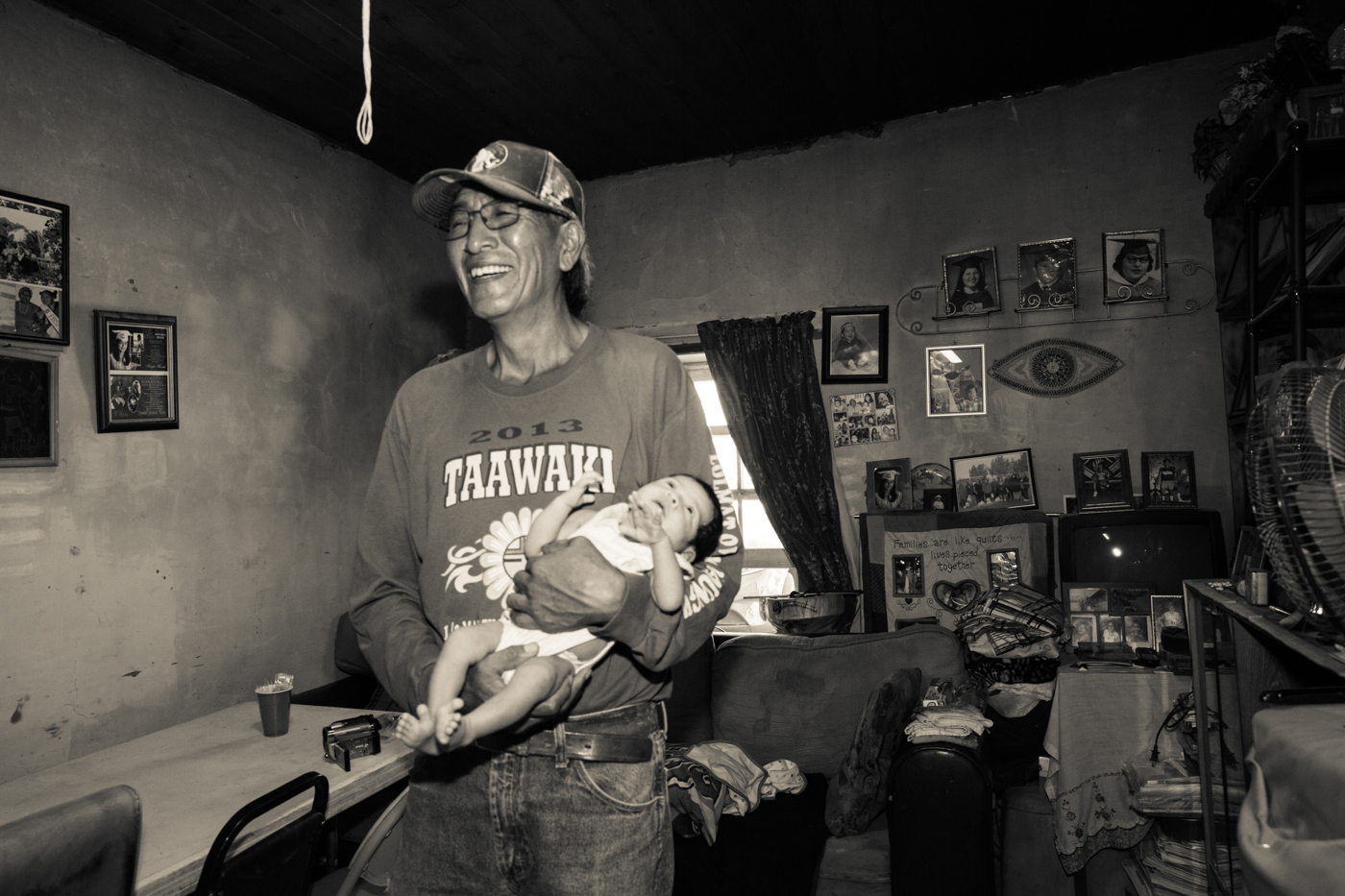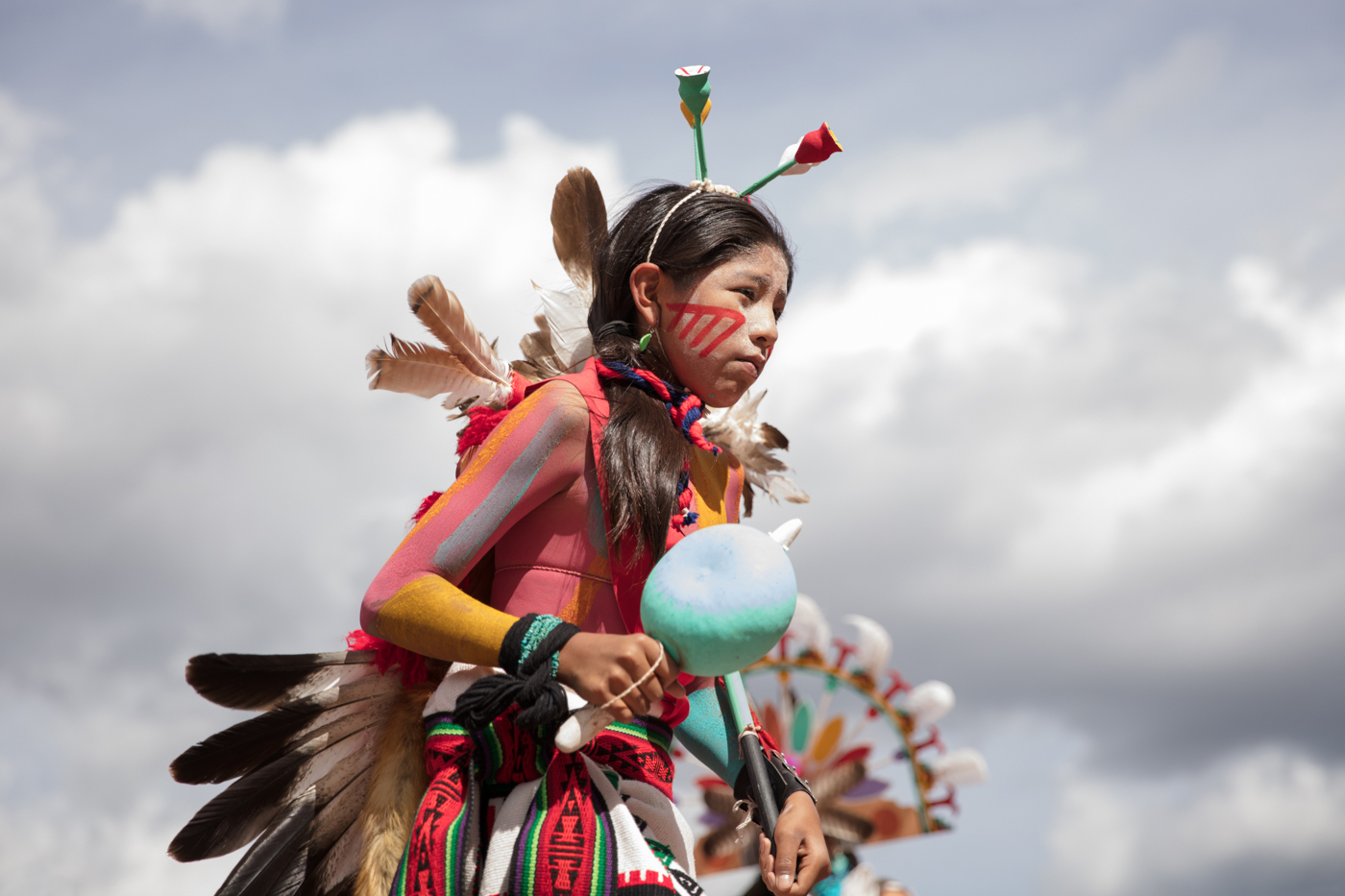






Artist's Statement
Erika Rand
12x18 / 20x30 archival digital prints
The current President of the United States jokingly refers to the most horrific Native American massacres to score points with his deluded base. His administration is responsible for the largest removal of federal land protection in U.S. history, destroying lands sacred to the Hopi tribe, including Chaco Canyon, which has been likened to Egypt’s pyramids.
I am determined to share images and stories from a culture that has been marginalized and exploited for centuries. I am particularly interested in learning about how the Hopi manage to thrive spiritually within a crushing social context.
The Hopi tribe of Northern Arizona lives in the longest continually inhabited villages in the United States. Their cultural and spiritual traditions are known worldwide for being remarkably intact. At the same time, historically the Hopi tribe has rarely been photographed. I am honored to help them create photographs that will serve as meaningful records and cultural resources. Through equal profit sharing, Light of the Hopi also provides financial support for critical cultural preservation work.
The photographs explore everyday life, traditional culture and spiritual traditions, and the places where these dimensions meet and overlap – while striving to convey the complexity and diversity of modern Hopi identity. The work includes both classical portraits as well as photographs with a more documentary or editorial approach. The photographs, alongside interviews with their subjects, will also form the basis of a book that offers Hopi perspectives on personal, cultural, political, and spiritual themes.
I’ve spent a lot of time getting to know people without involving cameras, and I’m happy to have developed true friendships. I hope that mutual trust will support us in producing work that is authentic and meaningful, both to Hopi, and to people outside their culture.
Funding for this project would support more photo shoots, including travel and lodging expenses at Southwest sites sacred to the Hopi.

